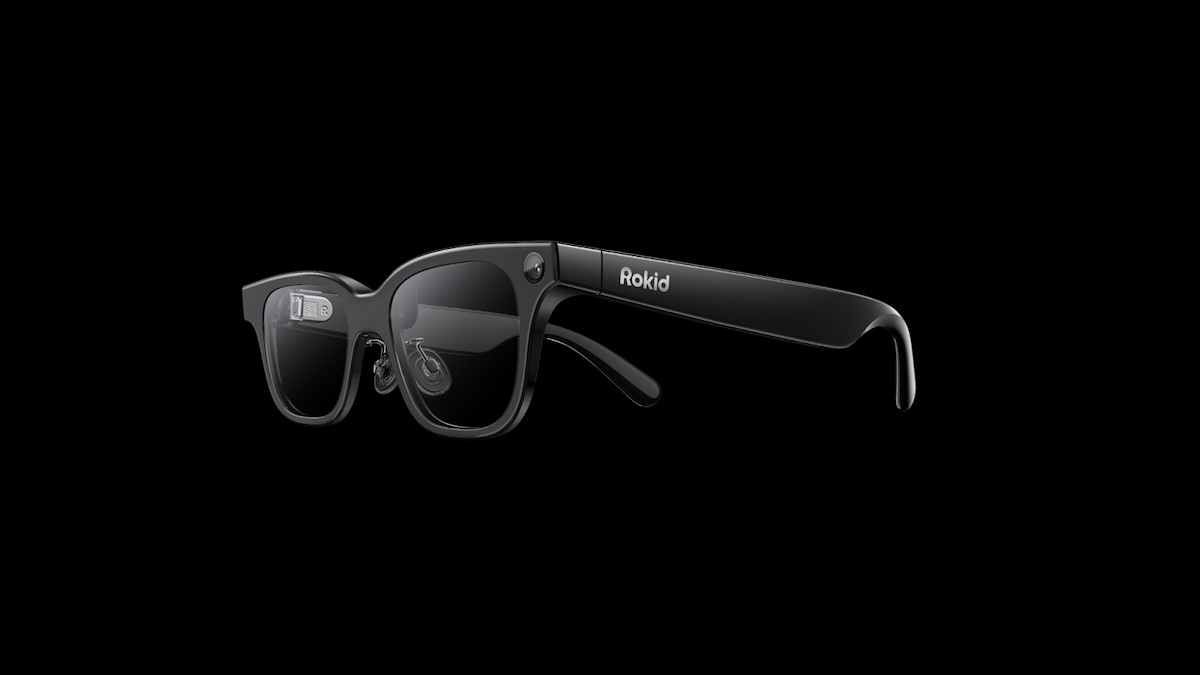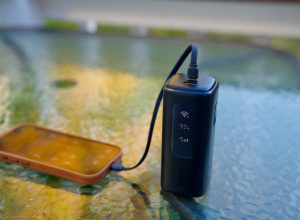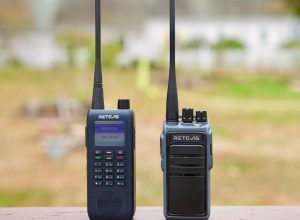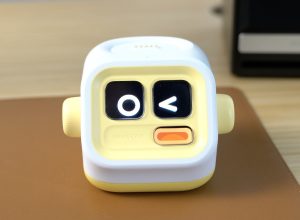For the past couple of years, the future of augmented reality and wearable technology seemed locked in the hands of a few global giants. Their monolithic approach had always been to build bigger ecosystems, pack devices with more features, and expect users to conform. But the rise of large language models (LLMs) has rewritten the rules of the game, and in doing so, opened the door for startups like Rokid to challenge the status quo.

Big Tech’s hold on wearables has historically been tied to its ecosystems. LLM integration, however, flips this equation. Instead of forcing users into walled platforms under specific cloud services and app stores, wearables now gain intelligence that is contextual, adaptable, and user-driven.
With products like the Rokid Glasses, features such as real-time translation, live transcription, object recognition, and conversational AI assistants powered by LLMs enable devices to act as standalone problem solvers. They no longer need to push users into large ecosystems, a decentralization that is eroding the advantage Big Tech once had.
Rokid has leaned into this shift with unusual clarity. Its upcoming Rokid Glasses are designed as a lightweight, fashionable, AI-first wearable that leverages LLMs for real-world functionality.
The democratization of LLMs has enabled a new generation of startups to compete on intelligence rather than scale. With open models, flexible APIs, and increasingly affordable processing power, companies like Rokid can design wearables that are both practical and personal.

This industry trend mirrors what happened with smartphones a decade ago: once hardware commoditized, the battleground shifted to software and services. In wearables, LLMs are playing the same role. Only this time, the advantage tilts toward agile innovators who can focus on user experience.
The integration of LLMs into wearables represents a power shift. The future of AR and AI wearables will not be dictated solely by a handful of corporations, but shaped by a plurality of players who bring different visions of human–machine interaction. By prioritizing human needs, Rokid’s agility serves as a counterexample to the heavy-handed strategies of industry giants.
As LLMs continue to empower smaller innovators, the monopoly on the digital future is breaking apart. And for the first time in years, users may have the final say in which vision of augmented life becomes reality.



